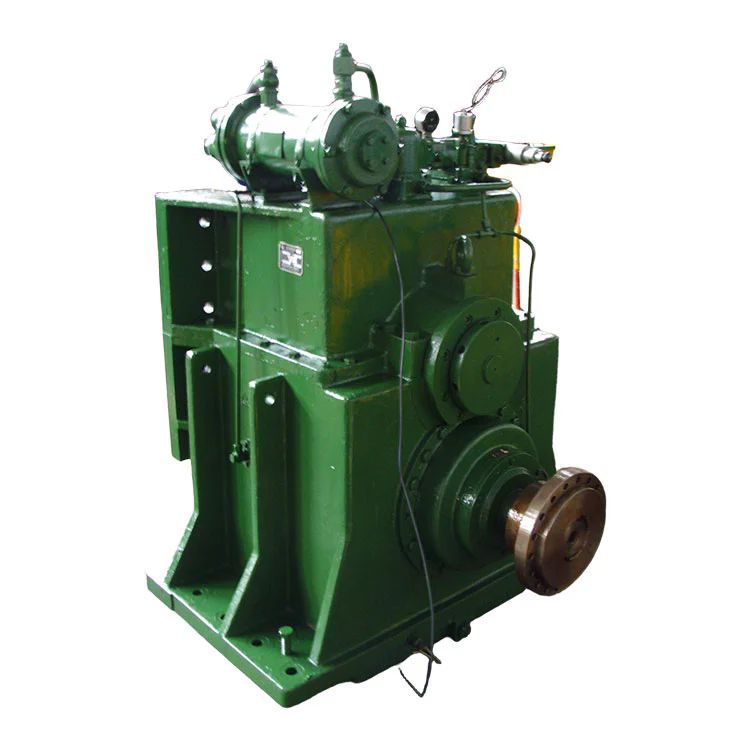Marine Auxiliary Gearbox: Essential Component for Efficient Ship Operations
2025-05-29
A Marine Auxiliary Gearbox plays a crucial role in the smooth and efficient operation of various auxiliary systems aboard ships. Unlike the main propulsion gearbox that drives the ship’s engines and propellers, the marine auxiliary gearbox powers secondary equipment, ensuring optimal performance and reliability of essential onboard machinery.

What Is a Marine Auxiliary Gearbox?
A marine auxiliary gearbox is a mechanical transmission device designed to transfer power from the ship’s engine or auxiliary power unit to other equipment, such as generators, pumps, compressors, winches, and steering gear systems. It allows these auxiliary devices to operate at appropriate speeds and torque, independent of the main engine’s RPM.
Key Features and Functions
1. Power Transmission
The gearbox transmits power efficiently from the engine or shaft to various auxiliary machinery on the vessel.
2. Speed Reduction or Increase
It adjusts rotational speed to suit the requirements of different auxiliary devices, often reducing the high engine speed to lower, manageable speeds.
3. Torque Conversion
The gearbox modulates torque levels to meet the operational demands of the connected equipment.
4. Durability and Reliability
Designed to withstand harsh marine environments, marine auxiliary gearboxes are built from robust materials resistant to corrosion and mechanical stress.
5. Compact and Lightweight
Space is at a premium on ships, so these gearboxes are engineered to deliver high performance in compact sizes.
Applications on Ships
Power Generation Systems: Driving auxiliary generators to supply electrical power.
Pumping Systems: Operating ballast, bilge, and cooling water pumps.
Steering Gear: Assisting in the operation of rudder control mechanisms.
Winches and Cranes: Enabling cargo handling and mooring operations.
Air Compressors and Hydraulic Pumps: Supporting various onboard functions.
Importance of Marine Auxiliary Gearboxes
Efficient marine auxiliary gearboxes enhance the reliability of vital ship operations. By ensuring auxiliary systems function seamlessly, they contribute to safety, operational efficiency, and compliance with maritime regulations. Maintenance and proper selection of gearboxes tailored to ship specifications are essential to avoid downtime and costly repairs.
Maintenance Tips
Regular inspection for oil levels and contamination.
Monitoring for unusual noises or vibrations.
Periodic replacement of seals and bearings.
Ensuring proper alignment during installation.
Following manufacturer-recommended service schedules.
Conclusion
The Marine Auxiliary Gearbox is a vital component in the complex machinery ecosystem of a ship. By effectively transmitting power to auxiliary equipment, it ensures that ships operate smoothly, safely, and efficiently. Advances in gearbox design continue to improve durability and performance, making them indispensable in modern marine engineering.


